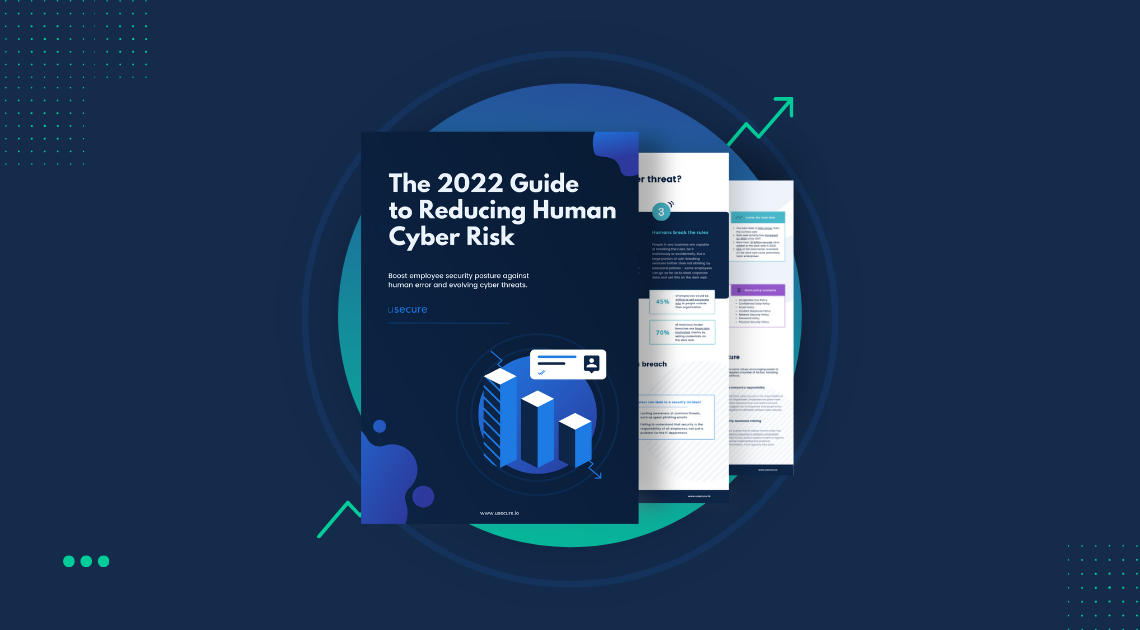7 Simple Steps to Combat Phishing Attacks in Your Business
When it comes to cybersecurity, a single click can cost your business millions. Just ask FACC, an Austrian aerospace manufacturer that lost €42 million in a matter of moments. In 2016, a seemingly innocuous email arrived in the finance department’s inbox. The message, purportedly from the CEO, requested an urgent transfer for an “acquisition project.” Without hesitation, an employee complied.
This wasn’t just any phishing attempt; it was a sophisticated “whaling” attack, where fraudsters impersonate high-level executives to manipulate employees into transferring funds or revealing sensitive information. The cybercriminals meticulously studied the CEO’s writing style, crafting a convincing message that slipped past human intuition. The result? €42 million lost, plummeting stock prices, and the termination of the CEO, CFO, and the employee who fell for the scam.
The FACC incident underscores the growing threat of phishing to organizations of all sizes. In this blog, we’ll explore seven simple steps to combat phishing attacks and fortify your business against these threats.
Overview: What You'll Learn
- Types of phishing attacks
- 7 simple steps to combat phishing attacks in your business
- Quick steps for executives
Types of Phishing Attacks
Phishing attacks come in various forms, each exploiting different vulnerabilities:
- Email Phishing: The most common type, where attackers send fraudulent emails appearing to be from reputable sources.
- Spear Phishing: Targeted attacks aimed at specific individuals or organizations, often using detailed information about the victim.
- Whaling: A type of spear phishing that targets high-profile individuals like executives.
- Smishing: Phishing via SMS, where attackers send malicious links or requests through text messages.
- Vishing: Phishing through voice calls, where attackers impersonate legitimate entities to extract sensitive information.
7 simple steps to combat phishing attacks in your business
1. Understanding the Scope of Phishing Threats
Phishing attacks have surged dramatically in recent years. A 150% year-over-year increase since 2019 underscores how rapidly attackers are scaling up their efforts. In 2022 alone, there were 4.7 million phishing attacks, equating to nearly 13,000 attempts per day. With 84% of organizations targeted, phishing has become a near-universal threat.
2. Recognizing Industry-Specific Risks
Different industries face varying levels of risk from phishing attacks based on the sensitivity of the data they handle and the nature of their operations. For example, financial services, healthcare, and technology sectors are particularly vulnerable due to the high value of the data they manage.
3. Staying Ahead of Phishing Attack Trends
Phishing tactics are continuously evolving. Attackers are leveraging new technologies to enhance their schemes, including:
- AI-Powered Phishing: Attackers are increasingly using AI to create more convincing phishing emails and automate the process of identifying potential targets. In 2024, 61% of cybersecurity leaders expressed concern over these sophisticated AI-assisted attacks.
- Multi-Channel Phishing: Phishing is no longer confined to email. Attackers use SMS (smishing), social media, and even voice calls (vishing) to execute their schemes.
.png?width=760&height=420&name=Blog%20Thumbnail%20Templates%20(3).png)
(Reference: precedenceresearch.com)
4. Implementing Prevention Strategies
Employee Education and Training
- Simulated Phishing Attacks: Regularly testing your employees with realistic phishing scenarios is crucial. Our uPhish platform helps you create convincing phishing simulations, assess employee vulnerability, and provide targeted training to strengthen defenses.
Security Awareness: Continuous education is essential. Regular training sessions on recognizing phishing attempts, understanding social engineering tactics, and following security best practices can significantly reduce the risk of human error.
Take our uLearn platform, for example; users can engage in interactive modules and simulated phishing exercises designed to sharpen their skills and awareness, ensuring they are well-prepared to identify and respond to potential threats.
Email Security and Authentication
- Advanced Email Filtering: Implement robust email security solutions to filter out phishing emails before they reach employees' inboxes.
- Email Authentication: Employ technologies like SPF, DKIM, and DMARC to prevent domain spoofing and enhance email authenticity.
Access Control
- Multi-Factor Authentication (MFA): Adding an extra layer of security by requiring multiple forms of verification before granting access to sensitive systems is crucial, even if credentials are compromised.
5. Conducting Regular Security Audits
Regular security audits help identify and address potential vulnerabilities in your organization’s cybersecurity infrastructure. These audits should include a review of your email security policies, access controls, and employee adherence to cybersecurity protocols.
6. Leveraging Technology for Defense
Technology plays a pivotal role in defending against phishing:
- AI and Machine Learning: These technologies can detect and block phishing attempts by analyzing patterns and anomalies in email traffic.
- Threat Intelligence Platforms: Use real-time threat intelligence such to stay updated on the latest phishing tactics and trends, allowing your organization to adjust defenses accordingly.
7. Fostering a Cybersecurity-Aware Culture from the Top Down
Building a culture of cybersecurity awareness is crucial, and it needs to start at the top. Leadership must set an example by prioritizing cybersecurity in every aspect of the business. When executives take cybersecurity seriously, it reinforces its importance throughout the organization.
Quick Steps for Executives:
- Lead by Example: Demonstrate a commitment to cybersecurity in your daily actions and decisions.
- Communicate Regularly: Keep cybersecurity at the forefront of organizational communications.
- Invest in Training: Ensure that all employees receive ongoing cybersecurity training.
- Establish Clear Policies: Develop and enforce clear cybersecurity policies and procedures.
- Support Security Initiatives: Allocate resources to cybersecurity initiatives, including advanced technologies and security audits.
- Encourage a Reporting Culture: Create a safe environment for employees to report potential threats or mistakes.
- Monitor and Adapt: Regularly review and update security measures and training programs to adapt to evolving threats.
Stop your employees from falling for phishing emails
Without the right training, employees are highly fallible to clicking on and compromising their details to spear phishing emails.
By instituting regular security awareness training and simulated phishing to your staff, you can save time and money from expensive breaches and protect your business' reputation.
Grab your free 14-day trial of the usecure platform today.

References:
• VentureBeat report (for 2022 phishing attack statistics)
• HIPAA (Healthcare Information Portability and Accountability Act) report
• IBM's Cost of Data Breach Report
• Norton cybersecurity reports
• Verizon's Data Breach Investigations Report


